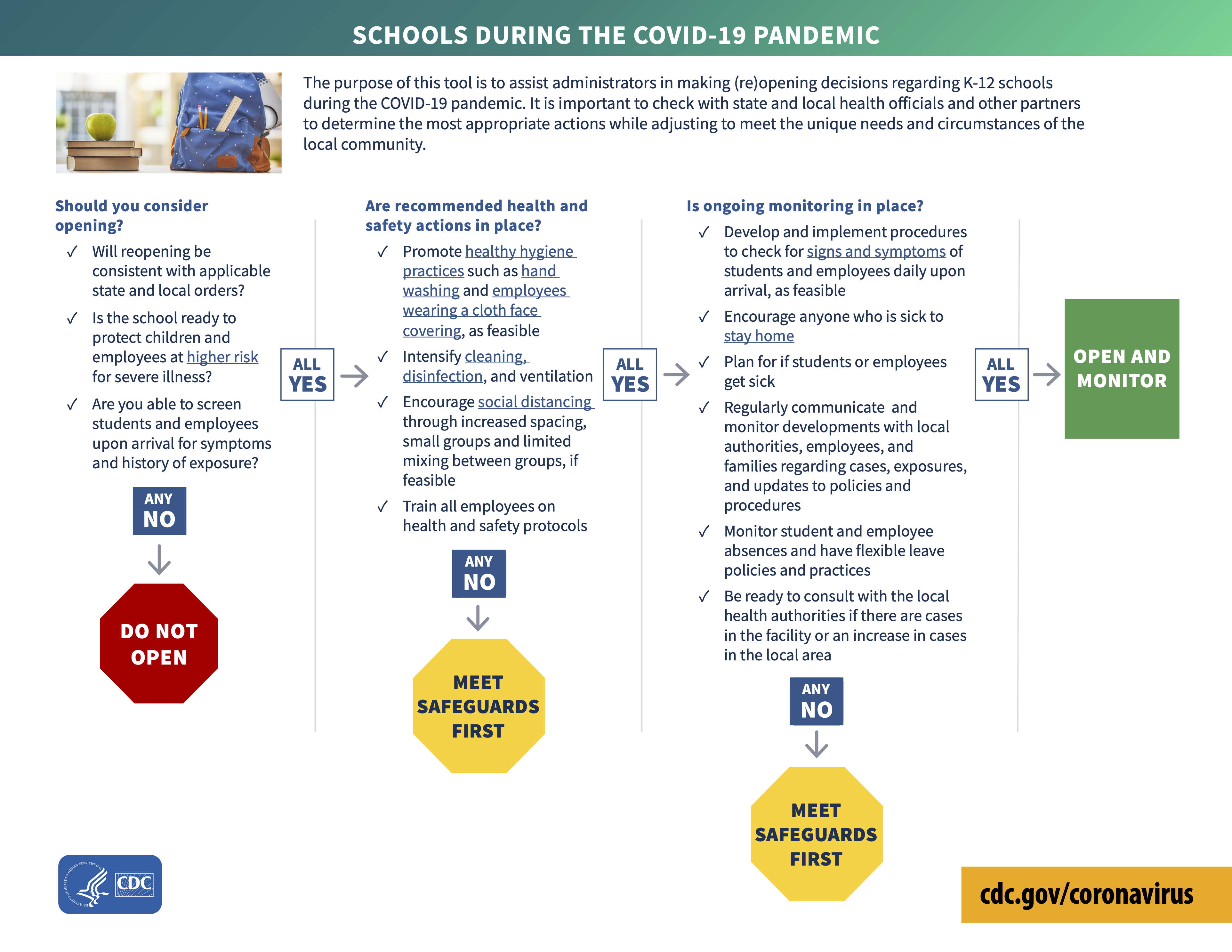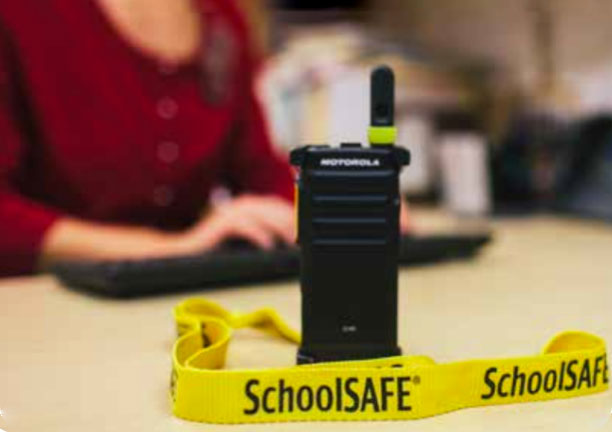Recently, I reflected back on my involvement with school safety and the changes during the past 36 years. In the eighties, school safety was focused on accident prevention. Fire drills were the only active exercises conducted with any regularity. Safety inspections were most frequently conducted by the local fire department, or with guidance from the district’s insurance company’s risk management section, to eliminate “hazards” that could cause injury to students and staff. Back then, death at school was rare and usually occurred as a result of a medically fragile student or a particularly unfortunate accident. School “security” meant closing the windows and locking the doors, and maybe setting the burglar alarm at the end of the day to protect the property. Today, school shootings have become so prevalent that school violence is included among the myriad hazards and threats that are addressed by the term “school safety.” Thirty years ago, school staff and students didn’t think about school shootings. Today, they do.
Why the change happened may be a reflection of a changes in our society, but when the widespread public perception that change was needed began first in 1998 with the Jonesboro, Arkansas school shooting, followed by Columbine High School in 1999. These two events were widely publicized and analyzed, and the beginnings of realization began to drive changes at schools and in how law enforcement responds to these types of events. Threat assessment, restorative justice, school safety teams, anti-bullying programs, detailed crisis management plans, School Resource Officers, lockdown drills – all these things have been developed over the years and are contributing to safer schools in our changing society. The issues of thirty years ago still apply, but the new normal has complicated the realm of school safety.
Last week, we worked with a Metro-Denver area school district who just received a two-way radio interoperability system through Colorado’s new SAFER grant program. The system allows school radios to “inter-operate” with police, fire, EMS and the 911 call center’s radios, on-demand and as needed, using radios to pass and receive critical information during a school emergency. While working through several emergency scenarios using two-way radios, the Superintendent made an important observation: he said interoperability is a useful capability and the exercises and practice is what would make the difference for school staff during various school emergencies.
At SchoolSAFE, our training program was developed to teach our clients to communicate effectively using two-way radio during challenging scenarios based on events that have actually occurred at schools. We don’t focus only on our worst fear of school violence, like the active shooter, but also include the myriad of other hazards in our exercises. We do this work, as you do, to make a difference. Last week’s comment by the superintendent helps validate one of our core beliefs – focused practice will help us respond more effectively when the unthinkable happens, no matter the “school safety” situation.

